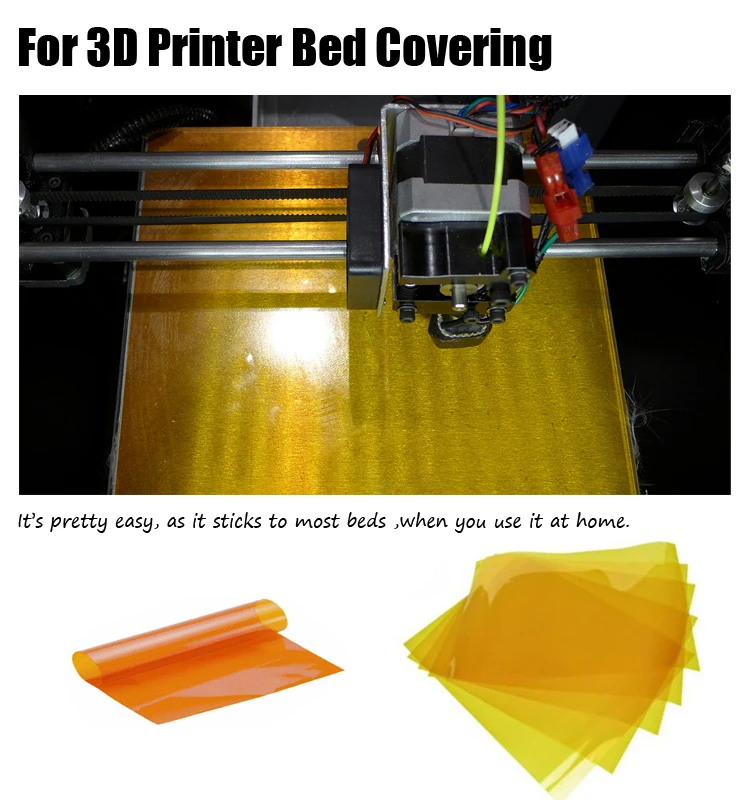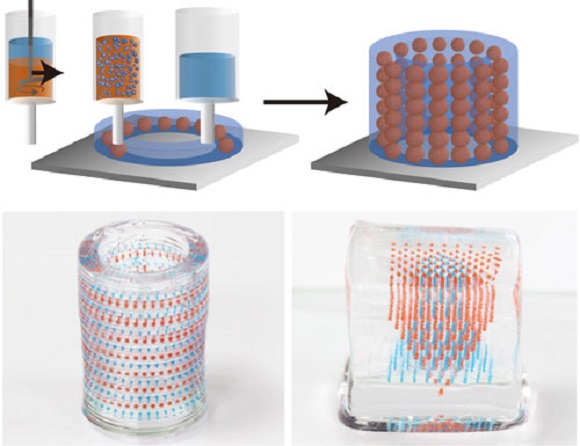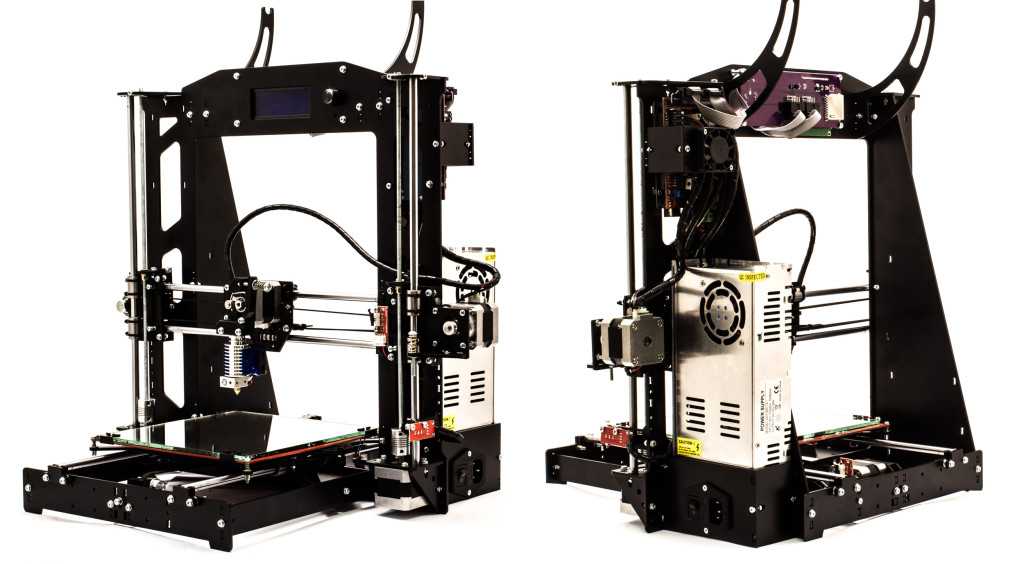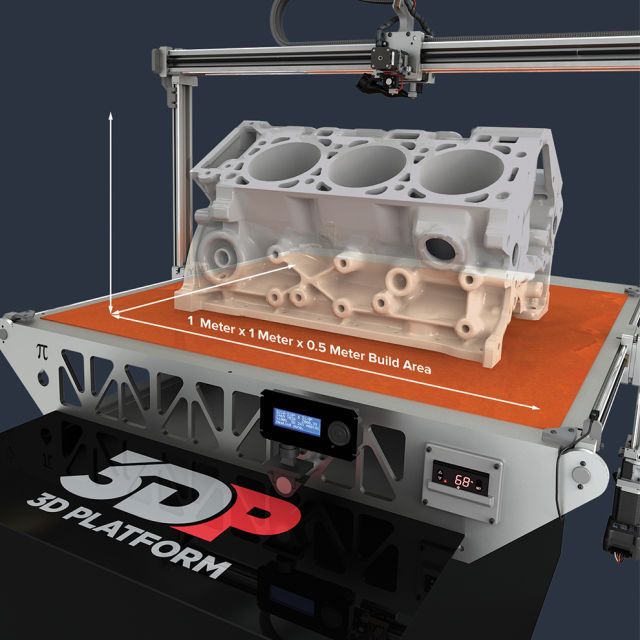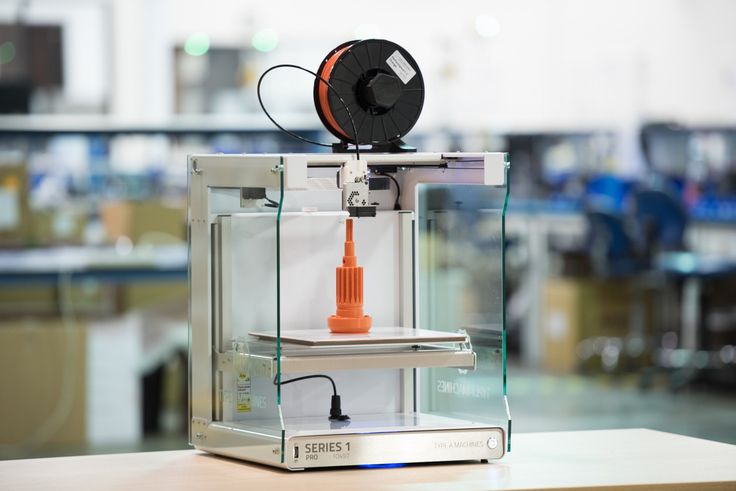Kapton tape for 3d printing
Bed Surfaces: Applying Kapton Tape
Certain filaments call for certain bed surfaces. Kapton Tape is a key choice for ABS, but it can get tricky when it comes to application. Learn how to apply this sticky tape flawlessly with our helpful tutorial.
MatterHackers
April 28, 2016
Kapton tape is the recommended bed surface for 3D printing ABS filament. The tape protects the bed surface and acts a base layer, while the hair spray or juice provides the adhesion.
Kapton tape (a registered trademark of DuPont) is a polyimide film. Created for the aerospace industry in the 1960s, Kapton tape as a flexible adhesive tape that is stable over a wide range of temperature, from -269C to +400C. The film was used for many awesome projects like the Apollo Lunar Module.
The tape was then discovered and utilized widely in the Electronics manufacturing industry for its electrical isolation properties in addition to the thermal stability. 3D printing, in particular the RepRap Community, discovered a new use for the robust material as a bed surface.
Kapton tape comes in large rolls which allow you to cover the entire bed with a single sheet. Unfortunately, applying the tape is tricky since it is easy to trap air bubbles underneath or make creases. In this guide we will show you an easy way to apply Kapton without trouble.
Step 1- Create Soapy Water Mixture
- First, you will need an empty spray bottle and some dish soap.
- Fill the spray bottle with water, then add a few squirts of dish soap. The exact mixture is not important.
- Shake vigorously.
Step 2- Remove Glass Bed
- Remove the glass build plate from your printer.
- If necessary, scrape off any residual plastic and clean the surface using Windex.
Step 3- Spray Bed With Soapy Water
-
Things are going to get messy at this point. Either lay down some towels or do this some place where you don't mind getting water everywhere.

-
Spray the entire surface of your glass plate with the soapy water. Do not be afraid to use too much.
-
Spread the soap around and make sure that the entire plate is covered. If you miss a spot, the tape will get stuck there and you will have a problem.
Step 4- Lay Down Tape
- Pull enough tape off the roll to cover the entire bed, plus plenty of extra.
- Be careful not to let the tape get stuck to itself. You may need someone to help you at this point to hold the sheet as you cut it from the roll.
- Lay the tape down on the glass. The soap will prevent it from sticking and allow you to slide it around to get it in the right position.
- When you have the tape aligned correctly, stick the overhanging edges to the workbench below. This will hold the tape in place during the following steps.
Step 5- Squeegee Water Out
- Use a credit card or some other object with a hard edge to start pushing the soapy water out from under the tape.
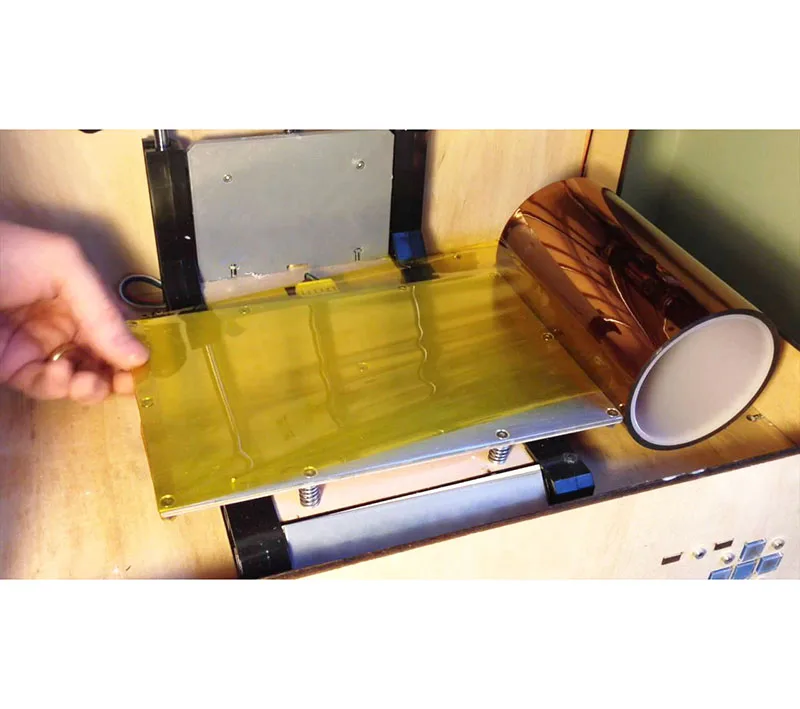
- Begin at the center of the bed and work outwards.
- You will probably want to use a paper towel to soak up the water around the edges.
- Do your best to get out as much of the water as you can, especially around the edges. If you don't, they will be likely to peel up.
Step 6- Cut Tape to Size
- At this point you can cut off the excess tape with an art knife or sharp blade and then throw it away. The sheet will be stuck to the glass.
Step 7- Bake Moisture Out
- Now you have a perfectly applied sheet of Kapton with no bubbles underneath, however it is not ready for use yet.
- When the bed is heated, any residual moisture under the tape will boil, creating bubbles of water vapor. To prevent this, we need to thoroughly dry your build plate before use.
- Install it back on the printer, and turn on the bed heater to low heat (60-70 °C).
- Let the build plate bake for an hour.
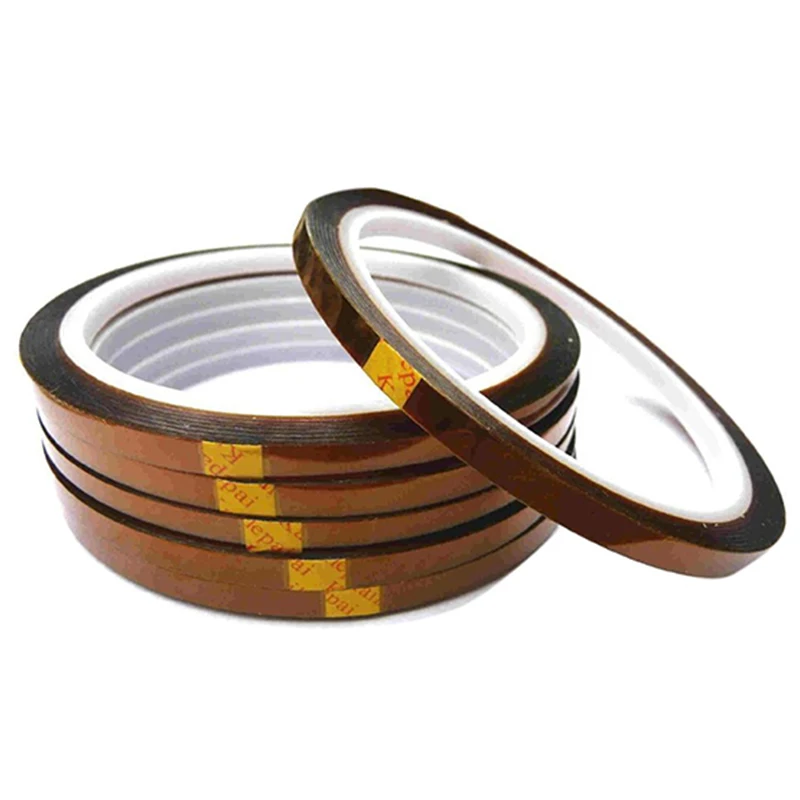
Step 8- Apply Hair Spray or ABS Juice
- You are now almost ready for printing.
- Apply your favorite bed adhesion solution. Hair spray works well and is convenient, but for the toughest prints you will want to use ABS juice.
Step 9- Print
- Heat your bed to at least 90 °C. If your printer is capable of getting up to 100 or 110 °C, then do so.
- Enjoy printing with ABS.
- If you are still having problems with peeling or layer separation, consider building an enclosure for your printer.
And that's it! It is really that easy. Now, get that Kapton tape on your printer and enjoy!
Happy Printing!
Kapton Tape | Filament2Print
> Accessories>Bed Adhesion>Kapton Tape
Accessories
26 other products in the same category:
-
BuildTak
11,78 €
-
BuildTak PEI
23,74 €
-
BuildTak FlexPlate System
112,99 €
-
Ziflex
29,41 €
-
DimaFix
12,20 €
-
Magigoo
17,85 €
-
Magigoo Coater (starter kit)
296,31 €
-
3DLac
6,60 €
-
PrintaFix
12,73 €
-
Smart Stick
9,83 €
-
Blue Tape 50mmx50M
20,65 €
-
Bonding base for PP
47,54 €
-
Prusa MK3S/MINI PEI Sheet
52,35 €
-
Glass surface for BCN Sigma & Sigmax
47,60 €
-
Buildplate for Raise 3D printers
107,10 €
-
Nano Polymer Adhesive
64,86 €
-
Glass base for Zortrax M200 Plus, M300 Plus and M300 Dual
68,96 €
-
Perforated base for Zortrax M200 Plus, M300 Plus and M300 Dual
102,82 €
-
Ziflex PEI
39,24 €
-
Flashforge Build Plate Tape
15,41 €
-
Prusa MK3S+/MINI+ Satin Steel Base
52,35 €
-
Flashforge flexible Build Plate
42,78 €
-
Fiber Three ProPrint
92,76 €
-
Adventurer 3 build surface sheet
15,41 €
-
Adventurer 3 build plate
15,41 €
-
3DLac Stick
5,83 €
Welcome to NIOZ.
 RU
RU Sort by
Product Name +/-
Product Price
Featured Products
Product Availability
Displaying 1 - 60 of 621
153060150
Products
400 ml
RUB 1940.00
Product description
RUB 390.00
Product description
350 ml
RUB 850.00
Product description
Ready to print
RUB 23700.00
Item description
Ready to print out of the box
RUB 14500.00
Notify me when available
Product description
Print ready
RUB 20900.00
Notify me when available
Product description
Ready to print out of the box
RUB 43500.00
Product description
Ready to print
RUB 39000.00
Item description
LCD 0.7/1.75 mm
RUB 1550.00
Notify me when available
Product description
RUB 650.00
Product description
Wiznet W5100 Arduino Shield
RUB 650. 00
00
Report Admission
Product description
RUB 550.00
Product description
Assembly kit
RUB 2500.00
Notify me when available
Product description
Volume: 1 l.
RUB 3100.00
Product description
Boscam 200mW, 5.8GHz
Chimera, e3d
RUB 1700.00
Product description
Print head 1.75mm 0.4mm
RUB 1100.00
Product description
Double printhead 1.75mm 0.4mm
2500.00 RUB
Notify me when available
Product description
Long
RUB 750.00
Item description
Short
RUB 700.00
Product description
RUB 1900.00
Notify me when available
Product description
APM2.6 mavlink
RUB 1350.00
Product description
RUB 250.00
Product description
11.1V, 20C
RUB 1900.00
Item description
11.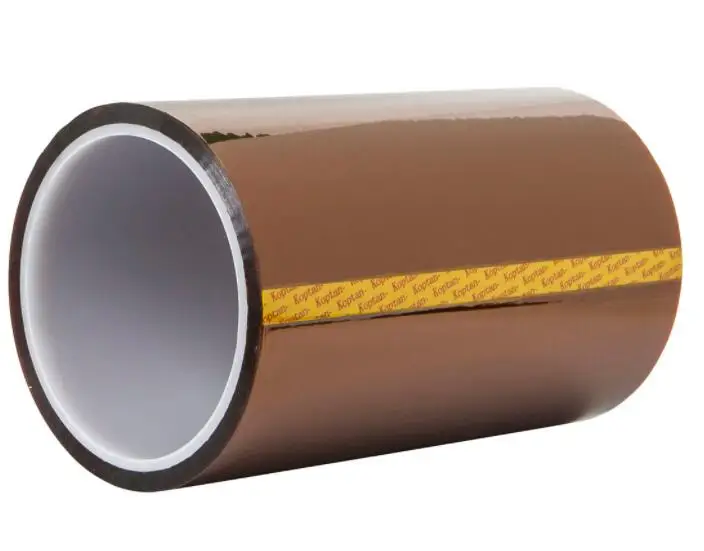 1V, 25C
1V, 25C
RUB 1250.00
Notify me when available
Product description
11.1V, 25C
RUB 2100.00
Product description
Heat block v6
RUB 150.00
Item description
cartridge type thermistor
Heat block Volcano
RUB 170.00
Product description
48V 12A
RUB 2700.00
Notify me when available
Product description
12V 20A
RUB 1550.00
Product description
12V 30A
RUB 1950.00
Notify me when available
Product description
12V 5A
RUB 450.00
Report Admission
Product description
24V 15A
RUB 2100.00
Notify me when available
Product description
RUB 250.00
Product description
Hobbed bolt
RUB 150.00
Item description
Price per 10mm (free cutting)
RUB 13.00
Product description
Price per 10mm (free cutting)
RUB 17.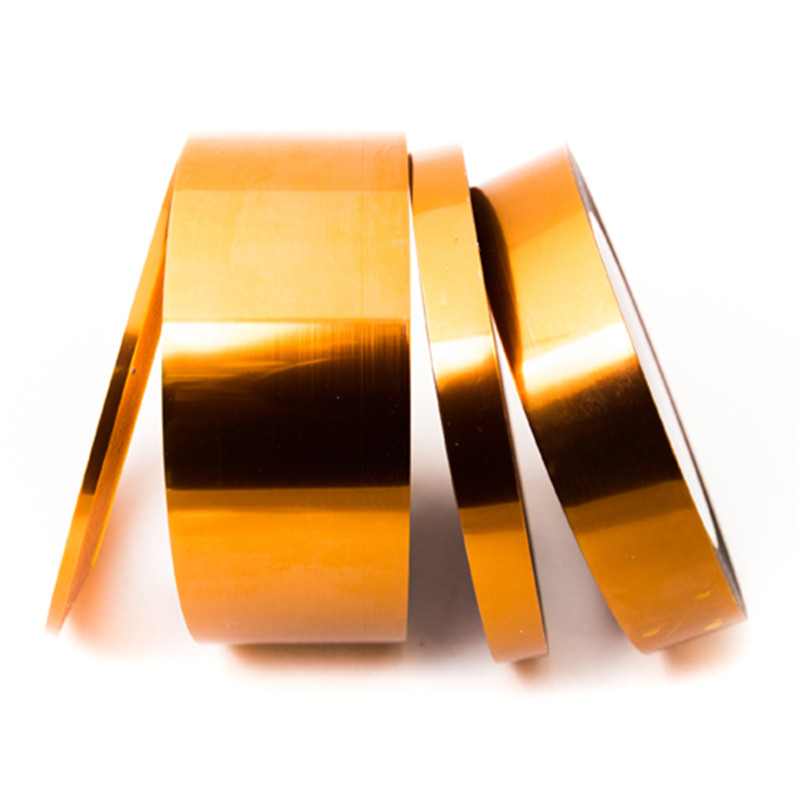 00
00
Product description
Section 400mm
RUB 650.00
Product description
Price per 10mm (free cutting)
RUB 25.00
Product description
10mm (cut to size)
RUB 70.00
Item description
10mm (cut to size)
RUB 90.00
Product description
Price per 10mm (free cutting)
RUB 7.00
Product description
Price per 10mm (free cutting)
RUB 10.00
Item description
Section 400mm
RUB 400.00
Product description
2x400mm, 2x350mm, 2x325mm
RUB 2100.00
Product description
2x420mm, 2x405mm, 2x350mm, 1x20mm
RUB 2200.00
Product description
25x25x10mm
RUB 150.00
Product description
25x25x10mm
RUB 150.00
Product description
30x30x10mm
RUB 150.00
Product description
30x30x10mm
RUB 150.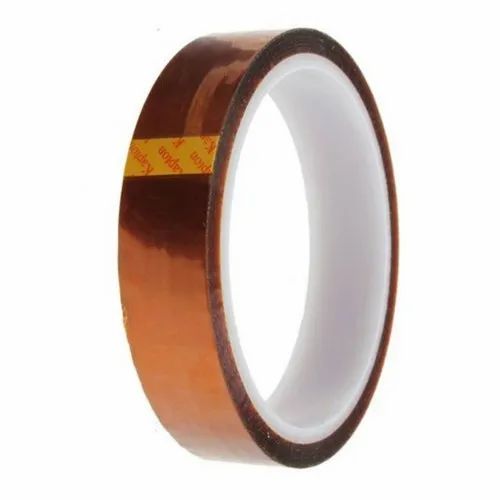 00
00
Product description
40x40x10mm
RUB 150.00
Notify me when available
Product description
40x40x10mm
RUB 150.00
Product description
50x50x10mm
RUB 150.00
Notify me when available
Product description
50x50x15mm
RUB 150.00
Product description
50x50x15mm
RUB 150.00
Product description
50x50x15mm
RUB 150.00
Product description
Turbine 40x40x10mm
RUB 250.00
Product description
Turbine 40x40x10mm
RUB 250.00
Product description
Turbine 40x40x20mm
RUB 250.00
Product description
From classic to mystic. My print surface test.
Subjects:
1. Blue Male Scotch
2. Capton tape
3. Flon Lomond Self -adgesive Inkjet Film 1708411
5. Catalyst - Pivo - beer 'VelkopopoPOVIL
Blue masking tape
Great for printing small PLA parts without heating the bed.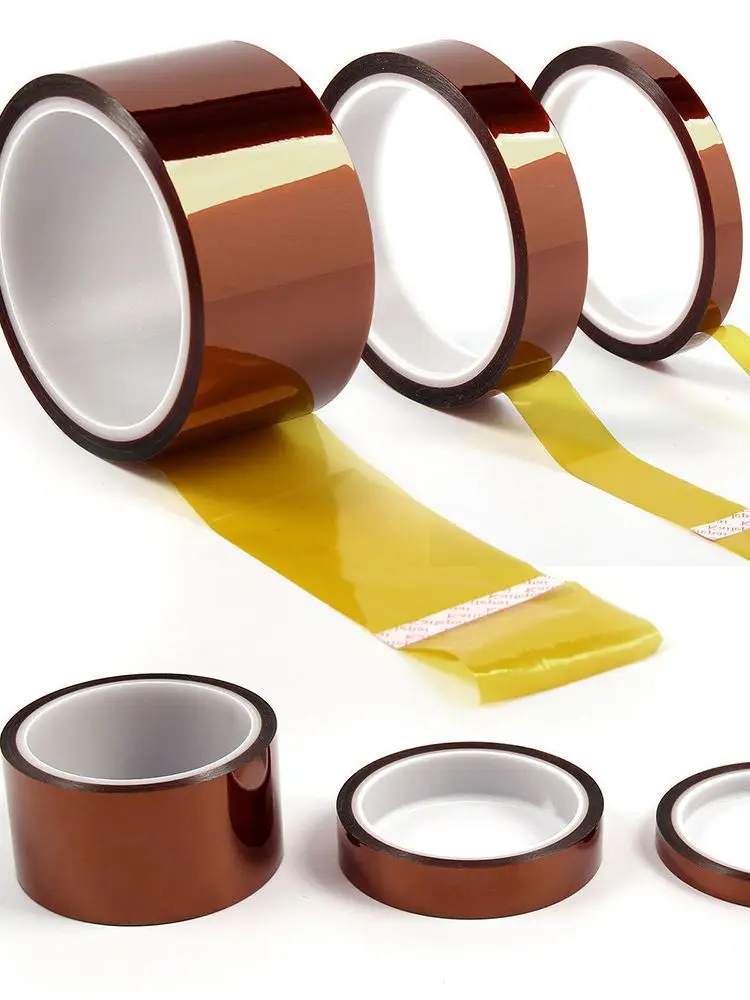 With an increase in the area of \u200b\u200bthe part, the edges rise along with the adhesive tape.
With an increase in the area of \u200b\u200bthe part, the edges rise along with the adhesive tape.
Kapton tape
I glue fresh tape, smear 'Light Goat' beer on a table warmed up to 110 degrees.
The bottom surface of the part (ABS) is smooth, except for the corners, which were unpleasantly raised. It does not adhere very well to fresh beer and the beer itself remains a brown film on the bottom surface of the part. Beer is easily washed off with water. The part separates well from the table after cooling, but it cannot be left overnight. The plastic begins to pull the tape and air bubbles form under the tape.
Such a surface after a few days of printing
Left the part overnight and the kapton wrinkled.
The lower surface is glossy, but there are bubble holes
Lomond film
I looked at this film for a long time, but the moment came when it was time to replace the Kapton and I decided to experiment.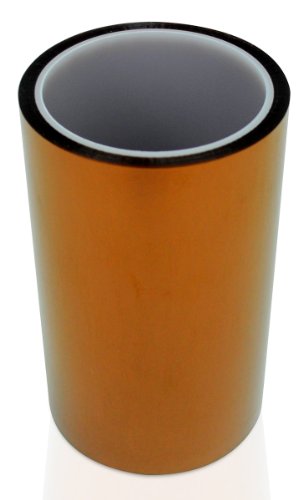 I cut the film into two equal sheets and glued one onto the washed surface of borosilicate glass.
I cut the film into two equal sheets and glued one onto the washed surface of borosilicate glass.
I completely forgot that the top layer of the film must be thoroughly washed off with water. At first, the ABS filament did not want to stick to the surface. After several calibrations of the nozzle relative to the table, the print still went. But the result did not satisfy me at all - the corners of the part were raised.
After the first print, there are air gaps under the film along the contour of the part.
I rubbed the surface of the film with my finger and remembered that the top layer needed to be washed off, which I did.
Sweat this bottom surface is obtained from ABS parts at Lomond. Minus one - it is very difficult to tear off the part from the film.
After a few days of printing, air bubbles begin to increase and appear on the underside of the part.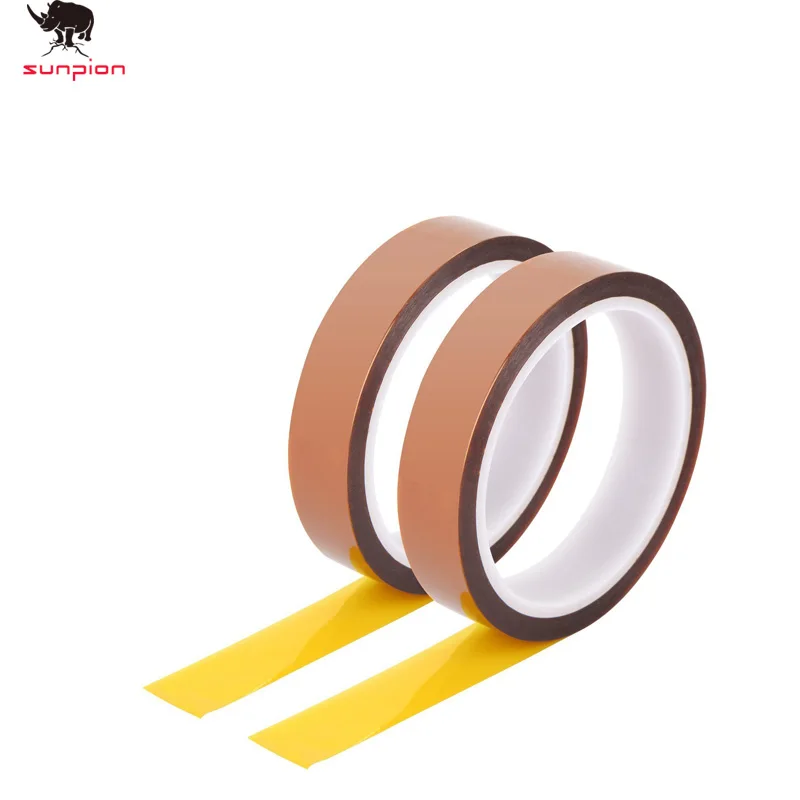 But this film is much denser and stronger than Kapton tape, so you can print much more before the appearance of obscene-sized bubbles.
But this film is much denser and stronger than Kapton tape, so you can print much more before the appearance of obscene-sized bubbles.
Bubbles under the film.
Sitall glass
Let's move on to the mystical-cosmic material. So far, unexplored material that few people held in their hands.
Sitalls are crystalline materials obtained by introducing catalysts into molten glass, as a result of which crystallization centers appear in the volume of the material, on which crystals of the main phase grow. The term "sitalls" was proposed by the professor of the Moscow Chemical Technology Institute. DI. Mendeleeva I.I. Kitaygorodsky and comes from the words "glass" and "crystal" . For the first time glass-ceramics were made in the 50s. 20th century Materials similar to sitalls are called pyroceram, devitroceram, glassceram abroad. Glass-ceramics have high strength, hardness, wear resistance, low thermal expansion , chemical and thermal resistance, gas and moisture impermeability.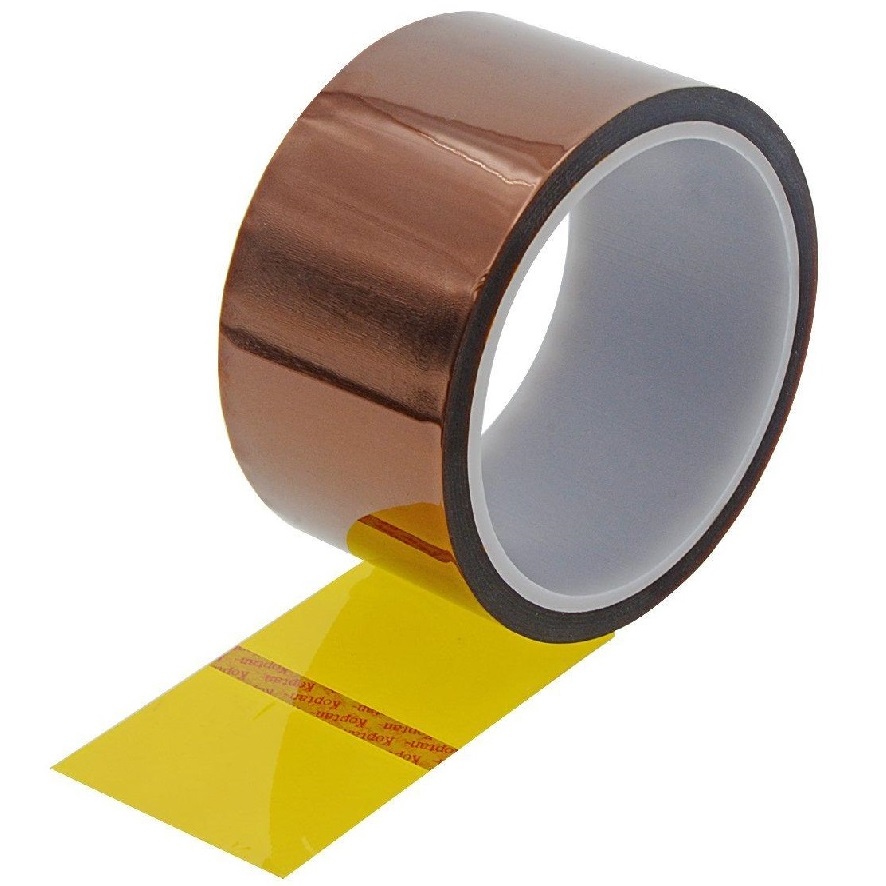
Packaging
Wipe thoroughly with 646 Thinner. Reconfigured the dimension along the Z axis. Started printing the gear from the Prusa i3 Rework kit. ABS 265 degrees, table 116 degrees.
The result disappointed me. At 76 degrees on the table, the part is removed by hand, as if it had just been placed on glass.
Added 2 degrees to the table.
Brim cannot be printed. At a table temperature of 85 degrees, the part can be removed from the glass.
Now I wonder how Brim works. I'm printing an extruder part from the Prusa i3 Rework kit. If Brim will hold parts with a large bottom area, then this will be ideal, but so far I have not noticed any advantages in adhesion.
Table 118 degrees.
Looks like Kapton without beer so far.
Table 122 degrees. Model cal.stl from the Mendel90 project. I lowered the nozzle along Z by 0.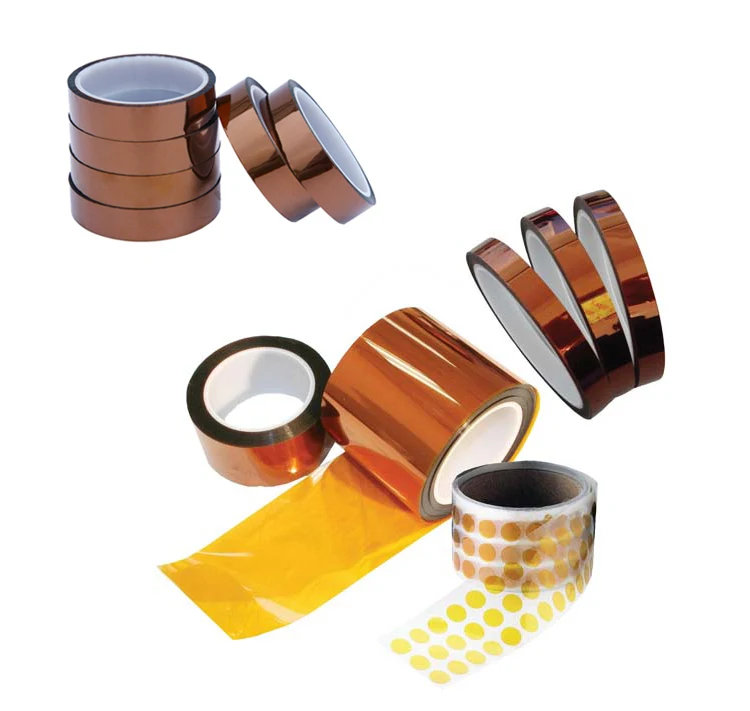 1 mm.
1 mm.
Additional bubbles have appeared on the bottom surface of the part.
Tried to remove an underprinted part from a hot bed (119 degrees). Came off very easily.
I wiped the glass with alcohol - no effect.
Since the effect is like that of Kapton without beer, I decided to smear it with beer. The temperature of the table is 118 degrees.
This result is already acceptable. It shoots great.
A little tack on a large piece, just like beer should be.
My findings
Blue tape. Great for small PLA parts. Does not require table heating.
Kapton tape. Good for medium sized ABS and PLA parts. It is obligatory to heat the table and apply a layer of beer. Brim is required. If you print infrequently, then enough for a long time.
Lomond film 1708411. PLA did not print with plastic.